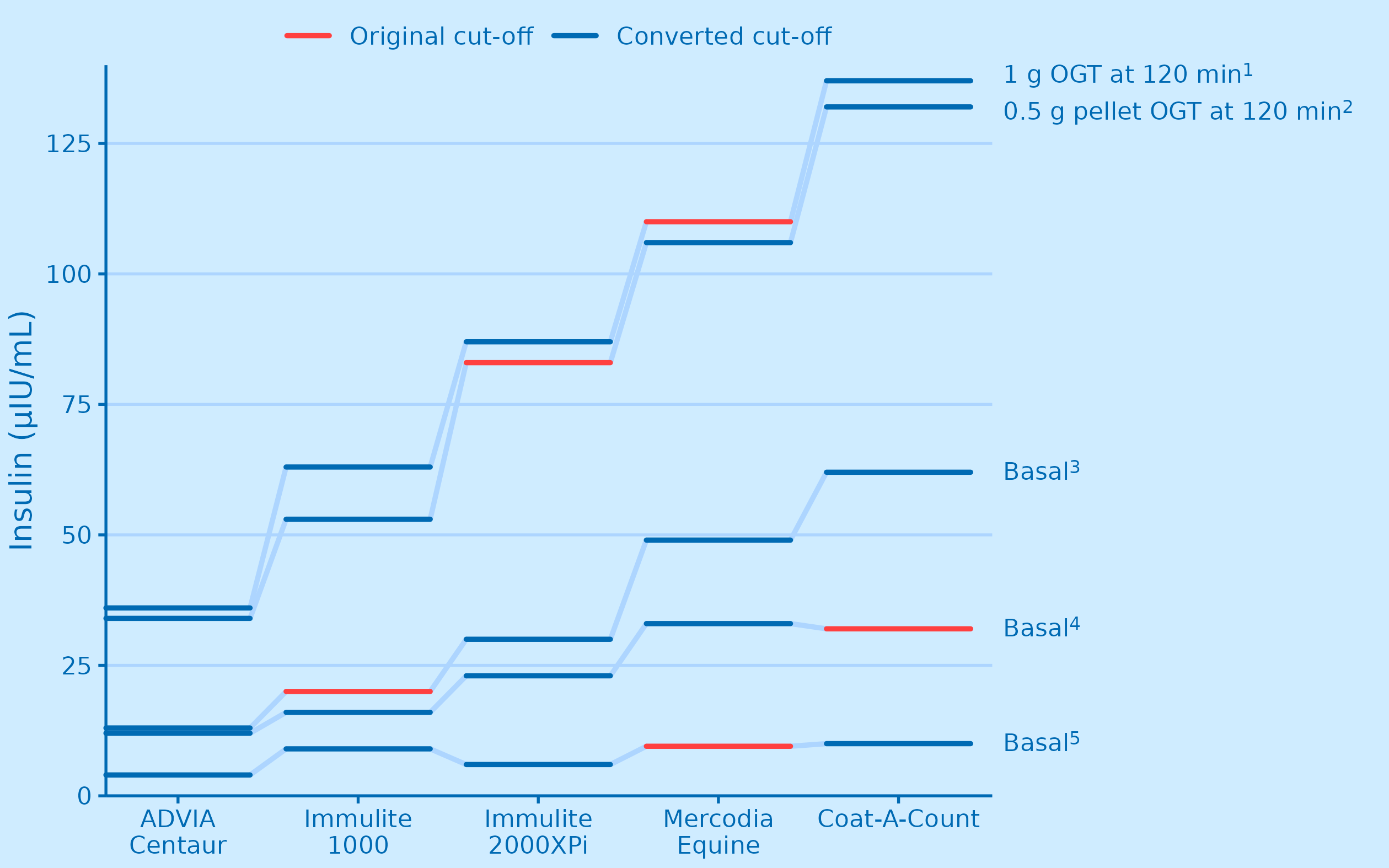Equine Insulin Converter
Background
Pituitary pars intermedia dysfunction (PPID; also called equine Cushing syndrome) and the equine metabolic syndrome (EMS) are associated with an increased risk for laminitis mediated by insulin dysregulation. To detect insulin dysregulation, it is necessary to measure blood insulin concentrations in the fasted horse or pony, or during more sensitive test protocols. However, the assays available to measure insulin in horses and ponies provide discordant results. This Web App provides means to compare insulin values obtained with certain assays to reference ranges and cut-offs established using other assays, or simply to convert blood insulin concentrations from one assay to another.

This web app encapsulates the relationship between pairs of assays we and our partners came to compare with each other over the years. An assay-specific insulin measurement can be converted to an approximate value of what would have been obtained with other assays using polynomials. We currently provide conversion for the assay pairs presented in figure 1.
To use the app, enter an insulin measurement obtained with one of the available assays (in µIU/mL) and press enter or click the ‘convert’ button. Please bear in mind that the conversion adds additional uncertainty to the measurement and that every medical decision should take the clinical circumstances into account.




